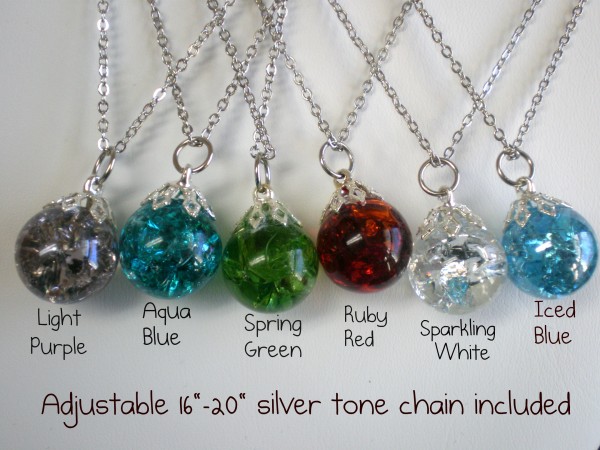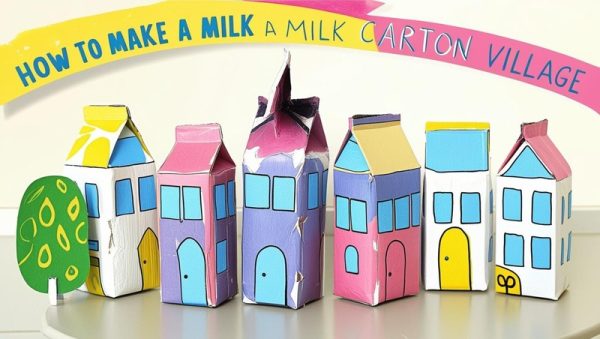
If you’re looking for a fun and unique DIY project, consider frying marbles to create a beautiful, crystallized effect. Not only is it a great way to transform ordinary marbles into stunning pieces of jewelry, but it’s also an interesting science experiment to do with kids.
To fry marbles, all you need is a handful of clear marbles and a frying pan. The process involves heating up the marbles in the pan until they crack and create a crystallized effect. Once the marbles are fried, you can use them to create jewelry, like necklaces or earrings, or even use them to decorate other crafts.
The tutorial linked in the intro provides a step-by-step guide on how to fry the marbles and turn them into jewelry using bell caps. However, if you’re more interested in wire wrapping, another tutorial linked above shows you how to turn a fried marble into a floating pendant for an earring.
Fried marbles make for great conversation pieces, and they’re also a unique way to add a pop of color and texture to any DIY project. With just a few simple materials and a bit of creativity, you can transform plain old marbles into beautiful and one-of-a-kind pieces of art.
Here is a cool tutorial on how to fry marbles. Why you ask would you want to fry marbles? Because when you do they crack and look crystallized. The tutorial over there includes directions on how to turn the marbles into jewelry using bell caps, but if you are more into wire wrapping pop on over here to see a tutorial on how to make a marble float in an old earring.
Looking for jewelry-making supplies? Check out our favorite supplier BeeBeeCraft

I love this idea im gonna go right out and find me some of these marbles. THANKS!
I had no idea you could do that! Thanks for pointing out the way!
what a cool idea — off to check out those tutorials! 🙂
wow, we used to do this in the 60’s… it was the COOL thing back then!! i’m so happy to hear some things never die 🙂
Where can you buy the bell caps for the cracked marbles?
I was the orginal poster of this craft tutorial. I have since taken it off ehow and transfered it to my own website. If you are looking for it you may find it here: http://www.nikkilynndesign.com/2011/01/how-to-make-fried-marble-necklaces.html/